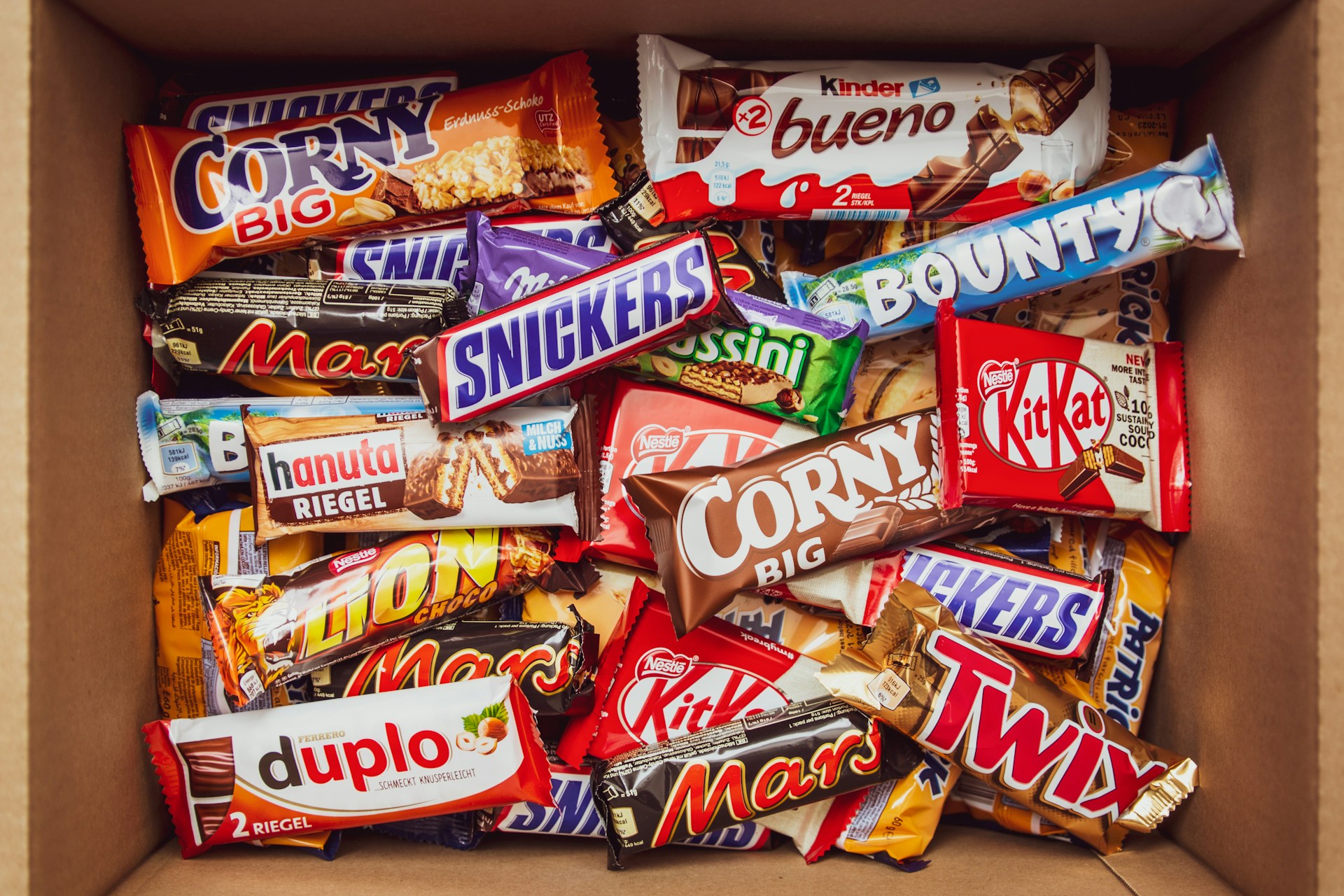Nostalgia has a taste, and old wrappers still carry it. Shelves changed with mergers, reformulations, and shifting trends, yet certain bars linger in memory like a song from a first road trip. Fans trade stories, scan auction sites, and chase posters from corner stores long gone. Some brands sold well and vanished anyway, others were regional legends that never scaled. What keeps the hunt alive is texture and story: braided caramel, malted nougat, peanut crunch, and the thrill of finding proof a favorite truly existed.
Marathon Bar

Mars braided caramel into an eight inch rope and coated it in milk chocolate, then printed a ruler on the wrapper to prove the length. Sold from 1973 to 1981, it ate slow, stretched recess, and became collectible the day it left stores. Historians tie its exit to portfolio focus rather than weak demand, which explains the steady auction trade in wrappers and ads. Devotees point to Cadbury Curly Wurly as a shorter spiritual cousin that still scratches the itch.
Sky Bar

Necco’s Sky Bar split a chocolate slab into four labeled pockets with caramel, vanilla, peanut, and fudge. The tiny tasting flight made it a New England staple and a suitcase souvenir. When Necco collapsed in 2018, Sky Bar vanished with it, sparking last chance store runs and a rush for vintage packaging. The format still feels clever in a market that favors single notes. Collectors study wrapper shifts across decades as a living timeline of design choices and candy optimism.
PB Max
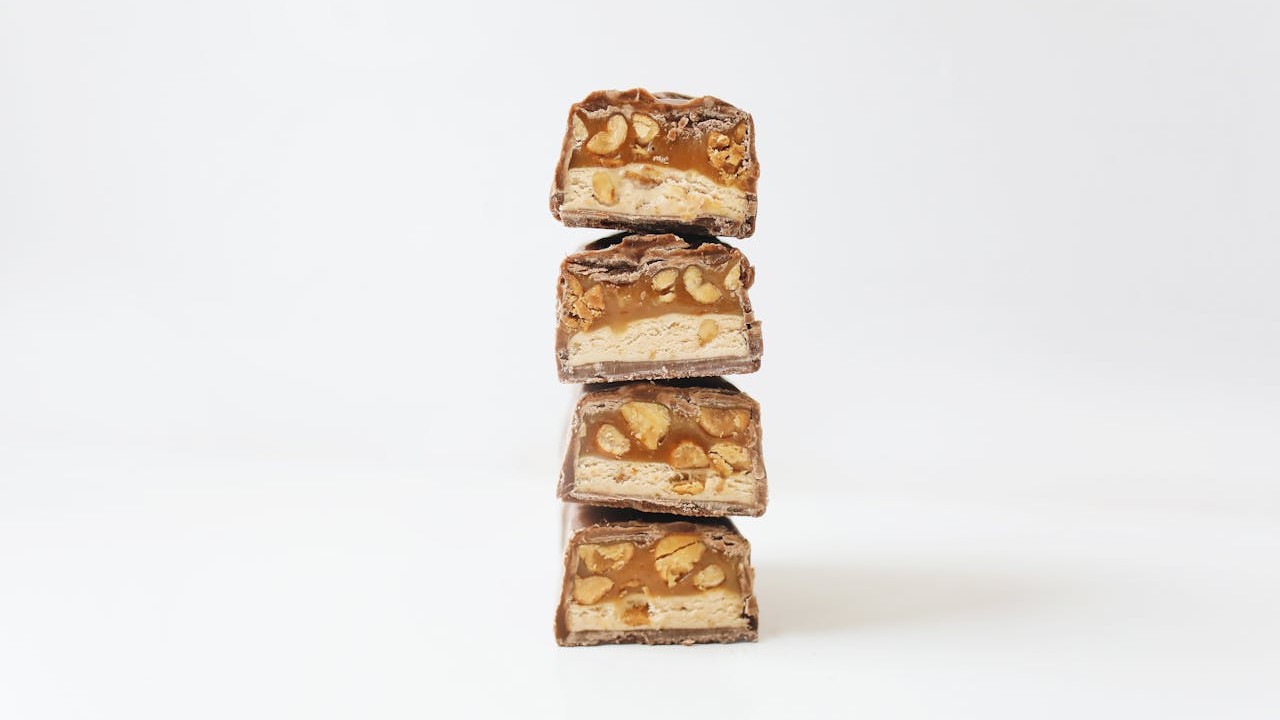
PB Max stacked a crunchy whole grain cookie base, a thick cushion of peanut butter, and a milk chocolate jacket. Launched in 1989, it sold briskly and then disappeared in the mid 1990s for reasons fans still debate. The mystery gave the square a second life in nostalgia threads, where promo tins and display cards fetch attention. It remains the classic what happened story: a hit on paper, a cult legend in memory, and a gap no successor managed to close.
PowerHouse
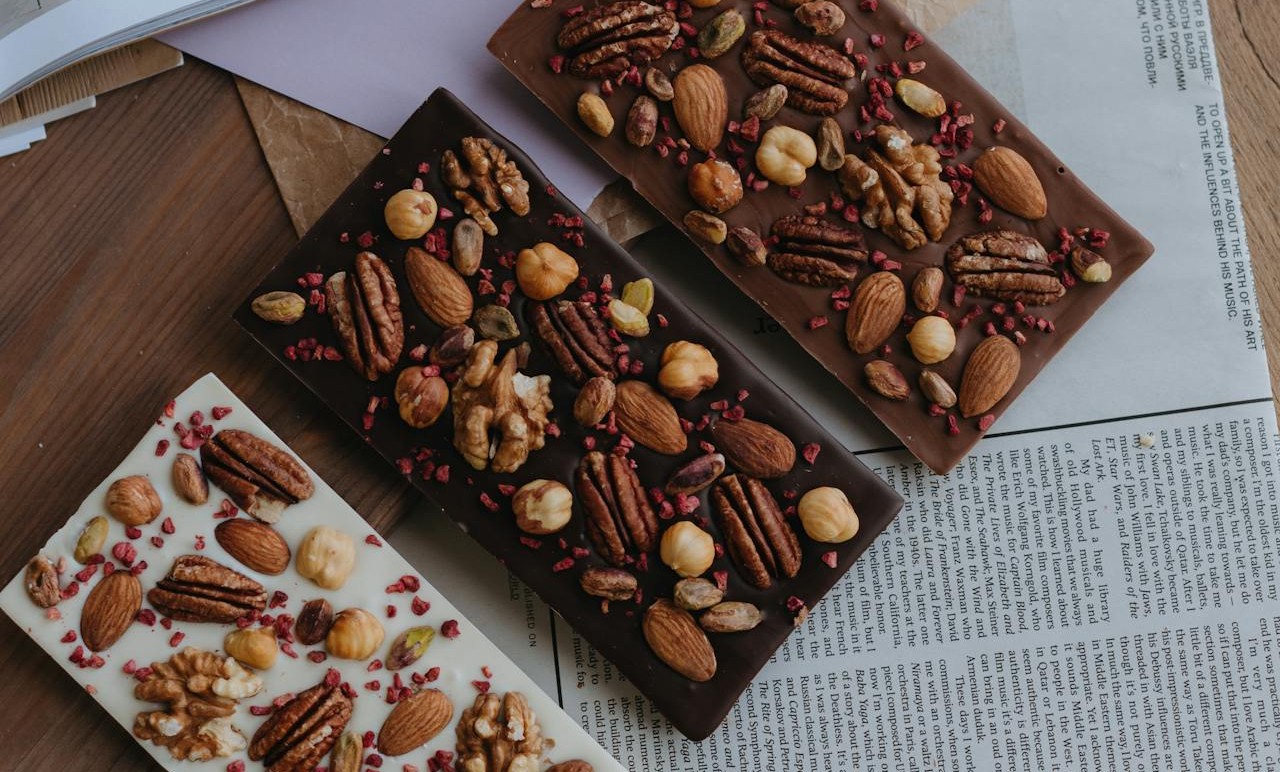
Peter Paul’s PowerHouse delivered a dense two ounce punch of caramel, fudge, and peanuts under chocolate, marketed like fuel before energy bars crowded the checkout. It felt built for double features and long drives, a chewy anchor in a noisy era. Health messaging shifted in the 1980s and the line faded, missing the later protein wave it helped foreshadow. Ads that framed candy as performance and wrappers that look gym ready keep collectors circling estate boxes and ephemera lots.
Caravelle

Also from Peter Paul, Caravelle paired crisped rice with a layer of flowing caramel under milk chocolate. Fans called it a cleaner crunch than bigger rivals. Corporate reshuffling after the Cadbury tie up ended the run in the late 1970s, even though taste was not the problem. That mismatch built a quiet cult that grew louder with absence. Surviving display boxes and coupons trade as proof that a strong recipe can lose when the portfolio roulette wheel spins elsewhere.
Reggie Bar

Named for Reggie Jackson, this round patty of caramel, peanuts, and chocolate debuted in 1978 at peak Yankees fame. Opening Day lore sealed its place when a Jackson homer sent thousands of giveaway bars raining onto the outfield. The candy stood on its own as a flattened cousin of nut caramel hits, but culture made it permanent. Today the value sits in crossover appeal, where baseball history and confection nostalgia meet in one bright orange wrapper and a perfect stadium story.
Summit

Mars aimed Summit at the cookie bar lane in 1977 with two chocolate covered wafers plus peanuts that promised light crunch and big flavor. The idea worked until heat turned shelves messy and freezer tests hardened the bite into brittle bricks. Tweaks followed, yet physics refused to cooperate, and the bar bowed out by the mid 1980s. What remains is an instructive relic of ambition against logistics, with ad spreads and test packs that document a thoughtful miss worth remembering.
Coconut Grove

Curtiss Candy’s Coconut Grove, introduced in the 1920s, paired a creamy coconut center with bittersweet chocolate. The darker coat set it apart from milk heavy competitors and read as a grown up choice without losing fun. Distribution shrank and tastes shifted, and the line went quiet after a long run. Surviving ads map mid century typography and travel poster color, while the memory bridges fans who prefer coconut presented in deeper tones. It is the rare bar remembered for restraint.
Milkshake
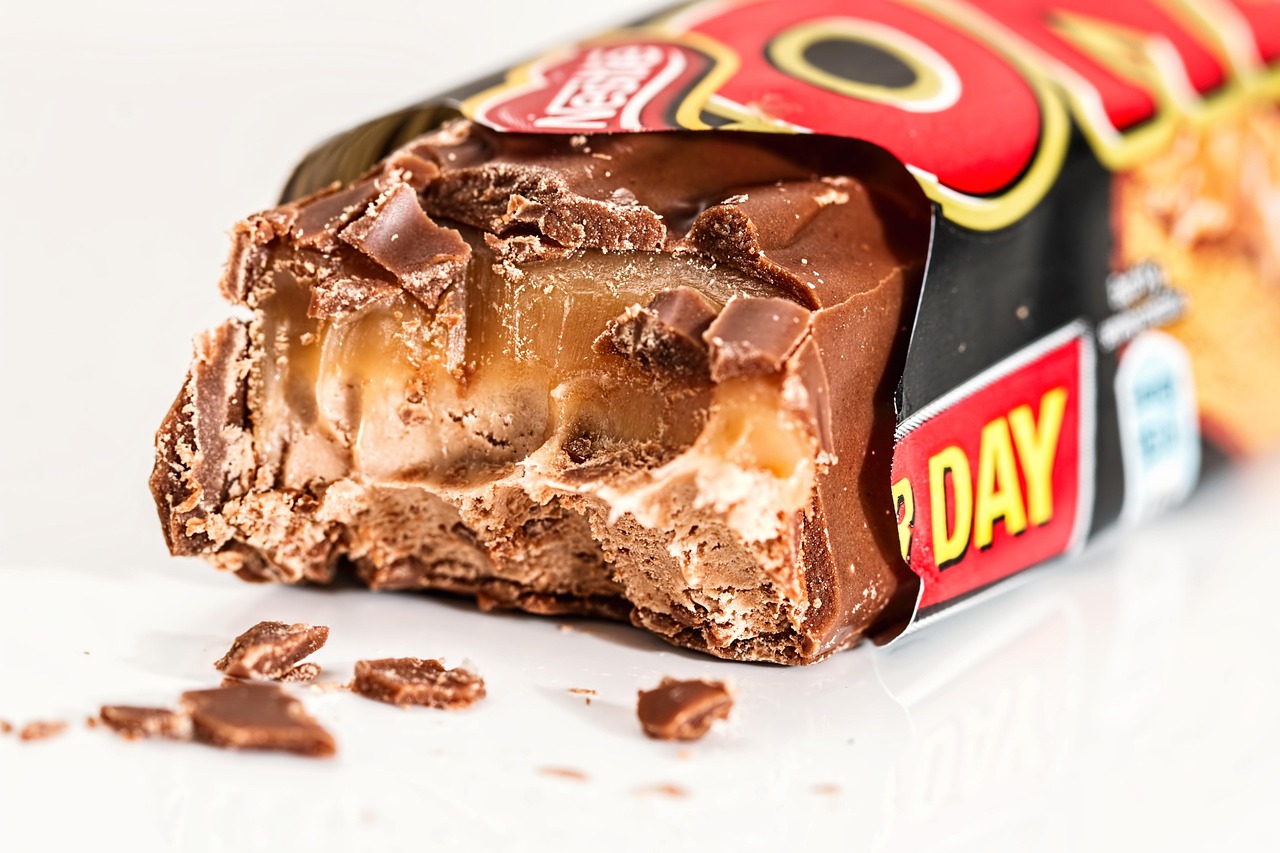
First sold in 1927, Milkshake turned malt shop flavor into bar form with malted nougat, caramel, and a chocolate shell. It lingered into the 1990s as a reliable throwback that tasted like counters and chrome. Consolidation and crowded shelves finally ended the run, but the malt note still feels singular among caramel and peanut standards. Collectors chase fountain style signage and wrappers leaning into soda jerk charm, a small portal to a tiled floor and a swivel stool.
Seven Up Bar
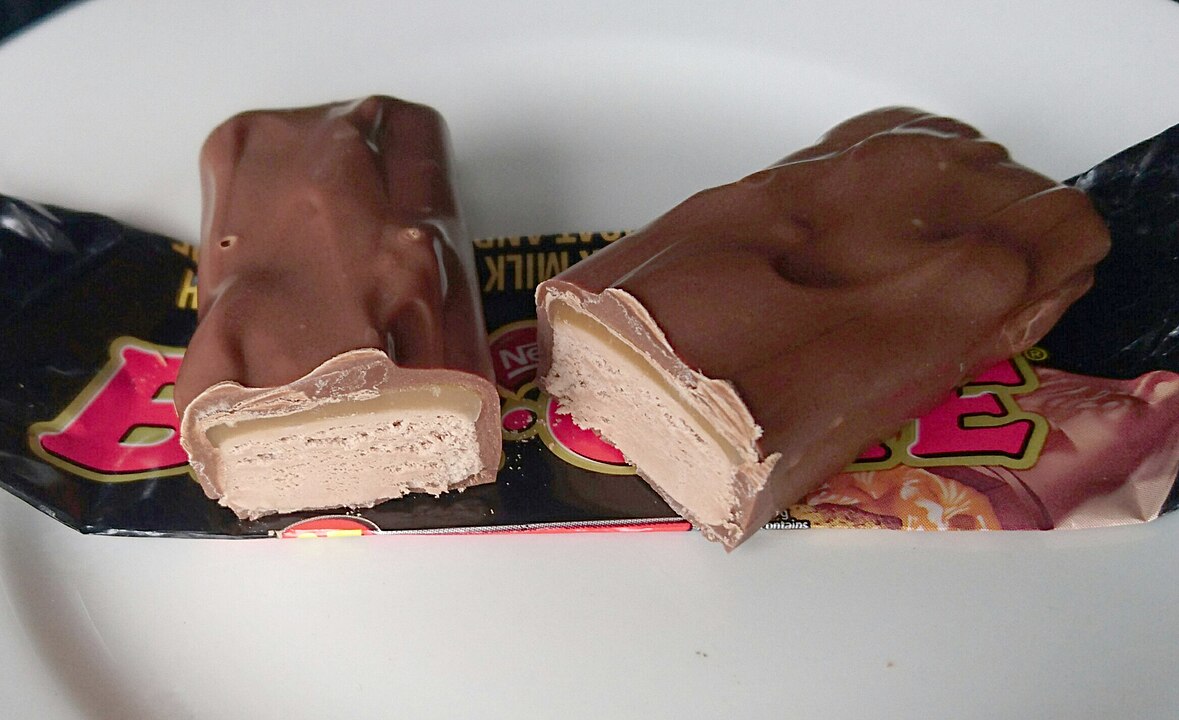
Pearson’s Seven Up divided a chocolate bar into seven filled segments that rotated flavors like coconut, mint, cherry, and caramels. The sampler idea delighted shoppers but created production headaches, and economics pushed it off shelves by the early 1980s. Surviving molds, ads, and flavor charts are prized because they capture a moment when variety itself sold the treat. In a world of uniform bars, Seven Up reads like a pocket tasting menu with real personality.
